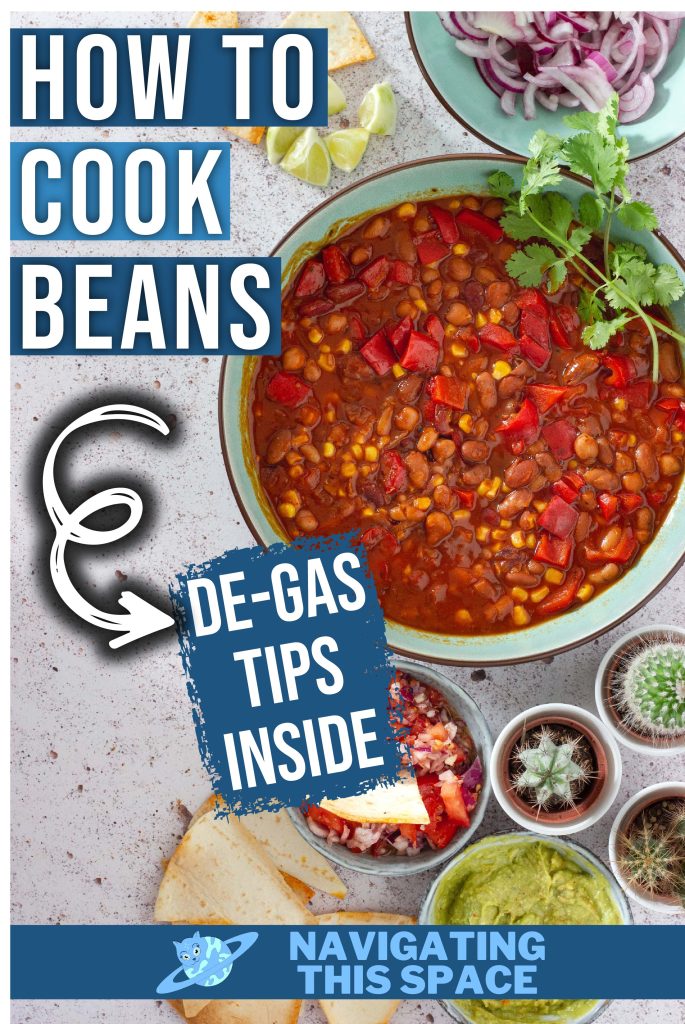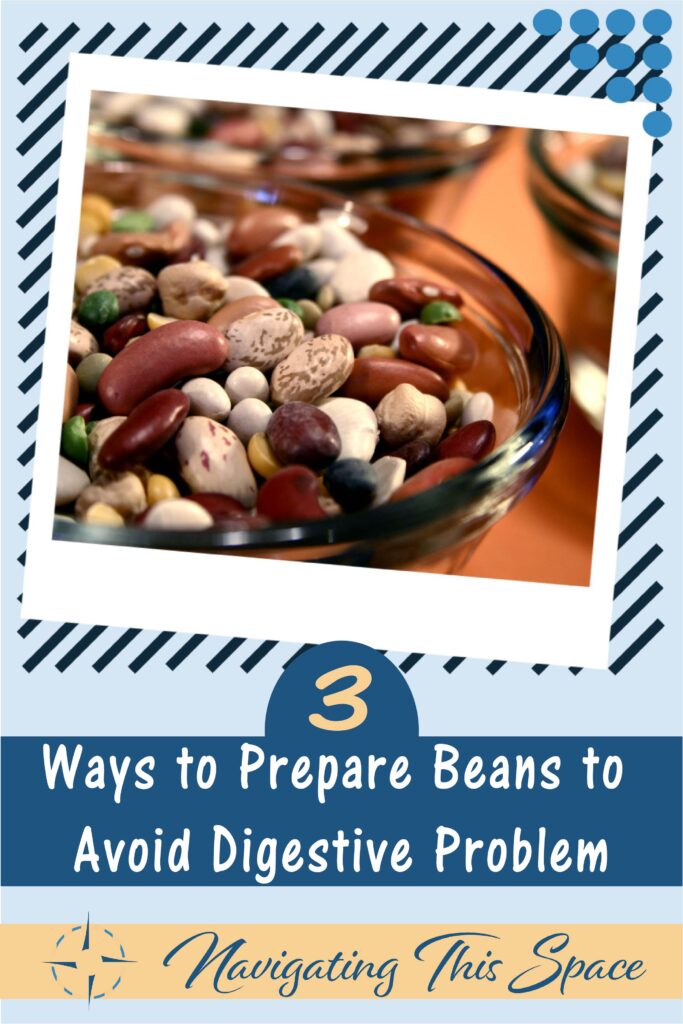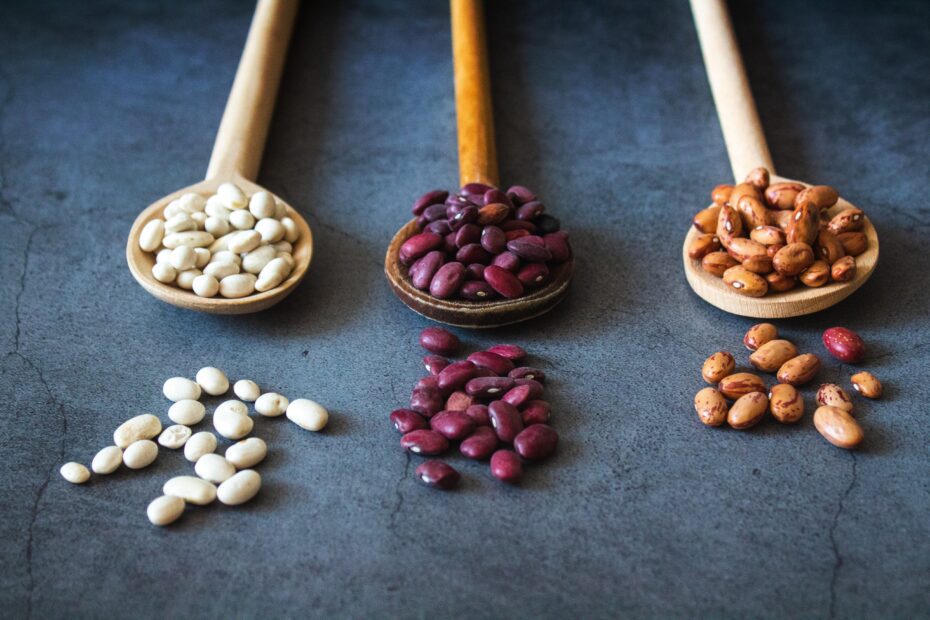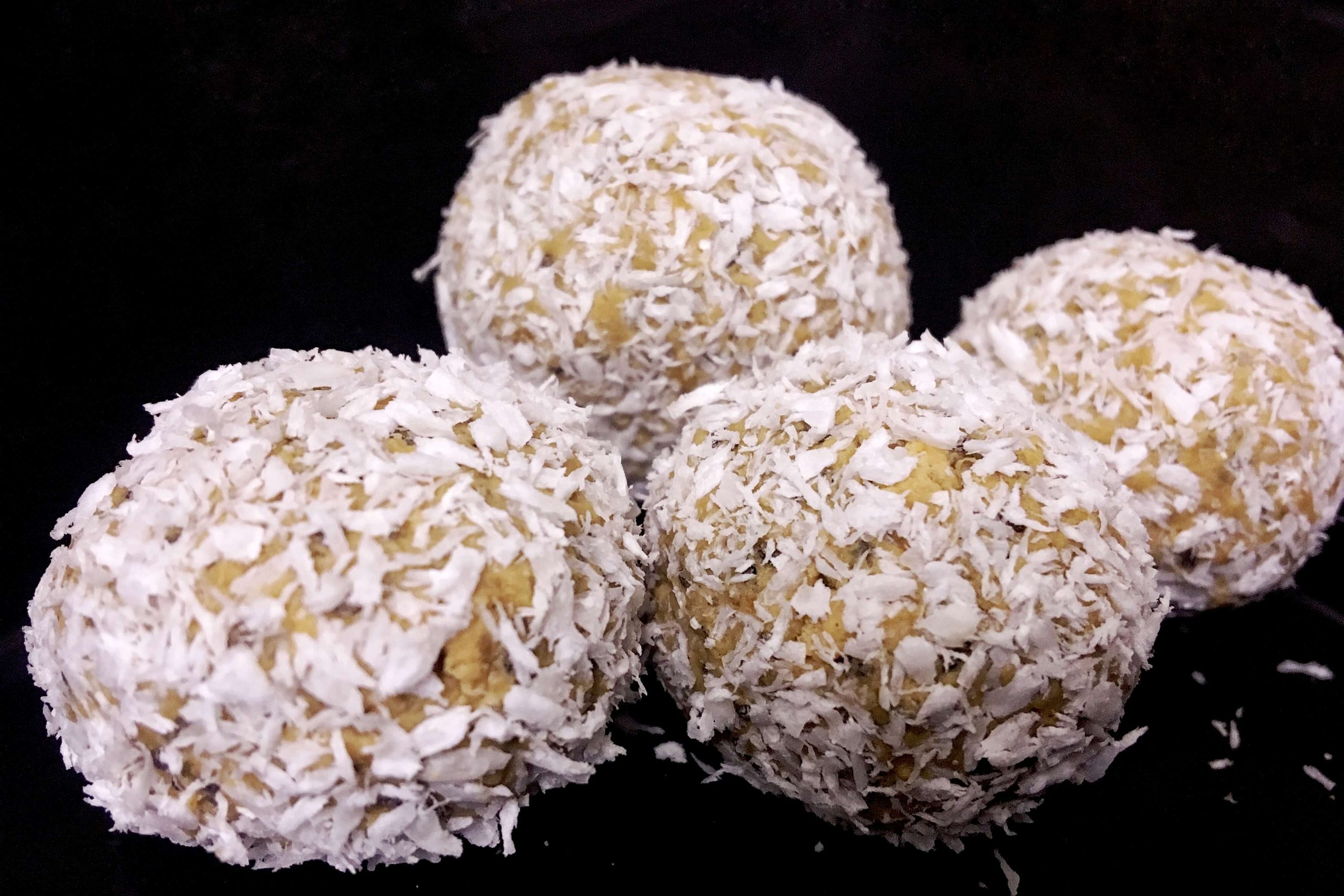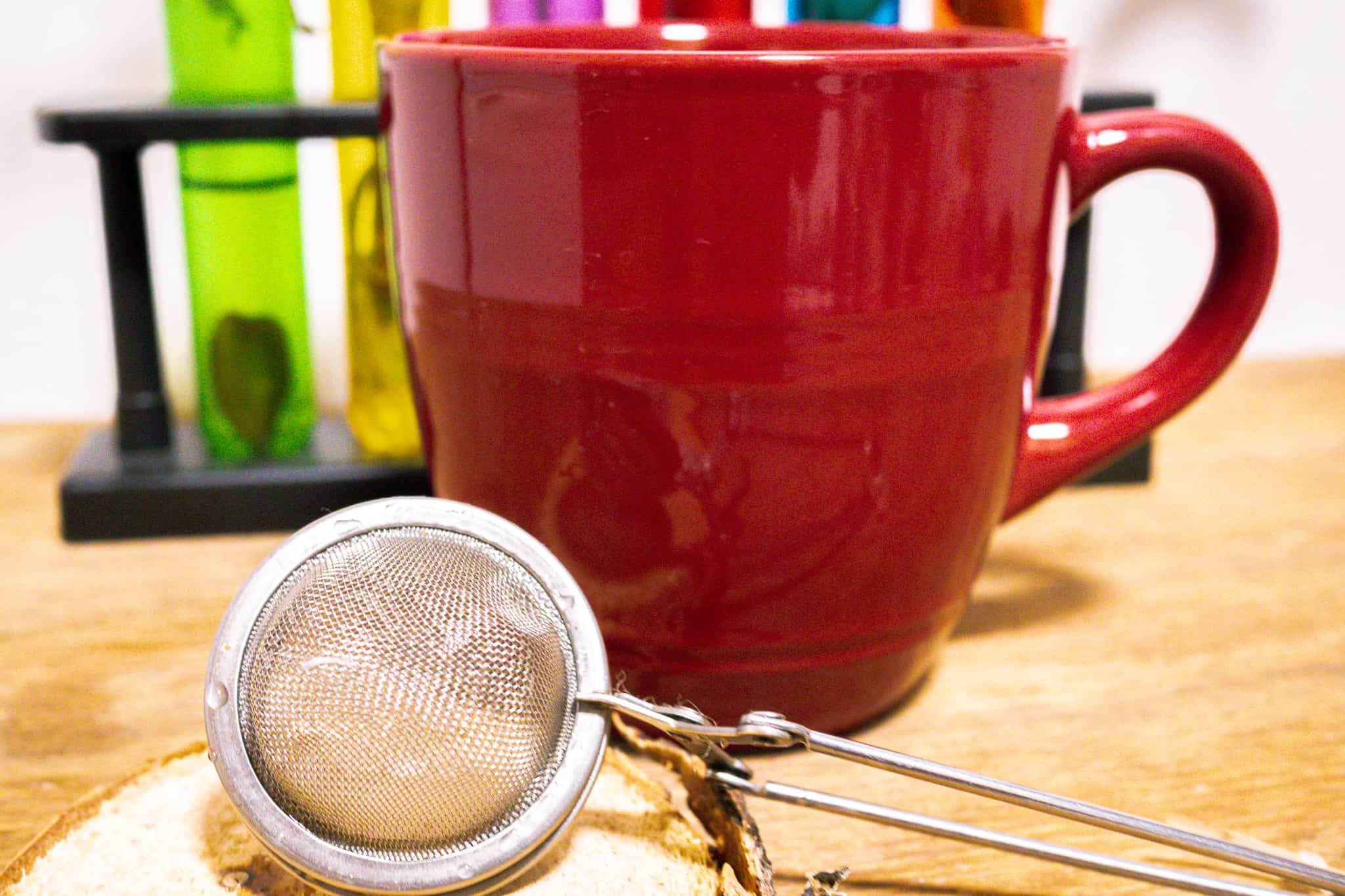Did you know that beans were also referred to as “the musical fruit”?
No?
Me either. Apparently it all started with a schoolyard rhyme, which is not surprising. Kids do come up with the darndest things.
Beans, beans, the musical fruit
The more you eat, the more you toot
The more you toot, the better you feel.
So let’s have beans with every meal.
As the song so aptly puts it, the more you eat beans, the more you “toot” but that doesn’t have to be the case. When beans are prepared properly, it eliminates the entire embarrassing feature that it’s known for.
“Humans can’t digest complex carbohydrates, but bacteria in the intestines can — and in the process, they produce gas.” – Harvard Health Publishing
Legumes, which include beans and peas, are a vegetarian, vegan, and plant-based diet’s source of protein. With its malleable nature, they are one of the best substitutes for meat. They’re packed with antioxidants and filled with minerals and nutrients like fiber, iron, calcium, B-Vitamins, folate, potassium, phosphorus, and zinc.
And that’s certainly not all.
Unlike meat, beans don’t have any saturated fat. Eating beans regularly (one to one and a half cups weekly) may also improve your cholesterol which makes them healthy for your heart. Who doesn’t want a strong heart? I know I do and you should as well.
Dried beans are actually very inexpensive and they’re the ones we keep in our kitchen. Why pay more for the canned beans when the dried ones do a better job without any preservatives? Yes, it is convenient to have the canned one around but the most convenient choice isn’t always the healthiest. If you do opt to use the canned beans, make sure to thoroughly wash them before you add them to your meal. They’ve been sitting in that brine for a while before it arrived in your cupboard and eventually landed on your plate.
Wondering how to cook dried beans without getting gas?
There are three soaking methods that can be done to the beans before they’re ready to be cooked. The traditional soak, the hot soak, and the quick soak.
Do NOT cook beans before you’ve soaked them! If you don’t have the time to soak them, don’t cook them. This warning is for your own good and also for the people who would have to suffer around you. Ew!
Use the 1:3 water to beans ratio when soaking beans. They tend to expand a lot. I’ve made the mistake multiple times by not adding enough water only to return and see the beans hanging out above the waterline. So if it makes you feel safer add more water.
The Traditional Soaking Method
Add cold water to beans
Soak for 8 hours minimum to 24 hours max
Drain and wash beans thoroughly before adding to pot to boil
Cook bean on low heat until the bean is soft. If the bean mashes easily with a fork, it’s done cooking.
The Hot Soak Method
Add five cups of water and one cup of beans to a large pot
Boil ingredients for 2-3 minutes
Immediately remove the pot from the fire, cover the beans and let it sit for four hours
Rinse beans thoroughly and proceed with cooking
The Quick Soak Method
Add three cups of water and one cup of beans to pot
Boil ingredients for 2-3 minutes
Remove pot from fire, cover the beans and let it sit for one hour
Rinse beans thoroughly and proceed with cooking
By following these simple soaking methods you’ll be cooking beans like a pro in no time. Remember to drink plenty of fluids, at least 64 oz per day, and add more legumes to your diet. It’s really good for you!
Pin It!
